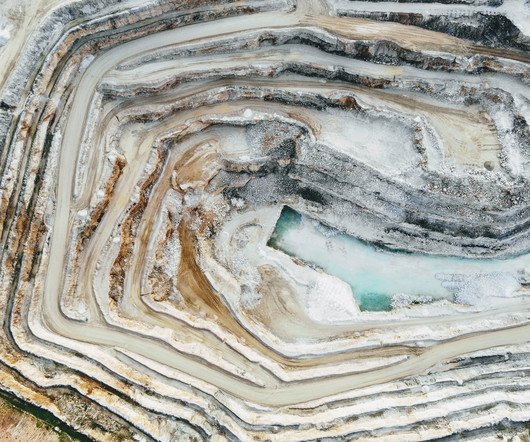Six Reasons Why Blended Learning Is Becoming a Trend
PulseLearning
JANUARY 5, 2022
The “classroom-only” approach is transforming and online training is no more limited by distance and cost. It refers to an education program that combines teaching methods of the traditional classroom and online learning. For instance, organizations operating off-shore rigs can’t spare crews for weeks or months to attend training.
















Let's personalize your content